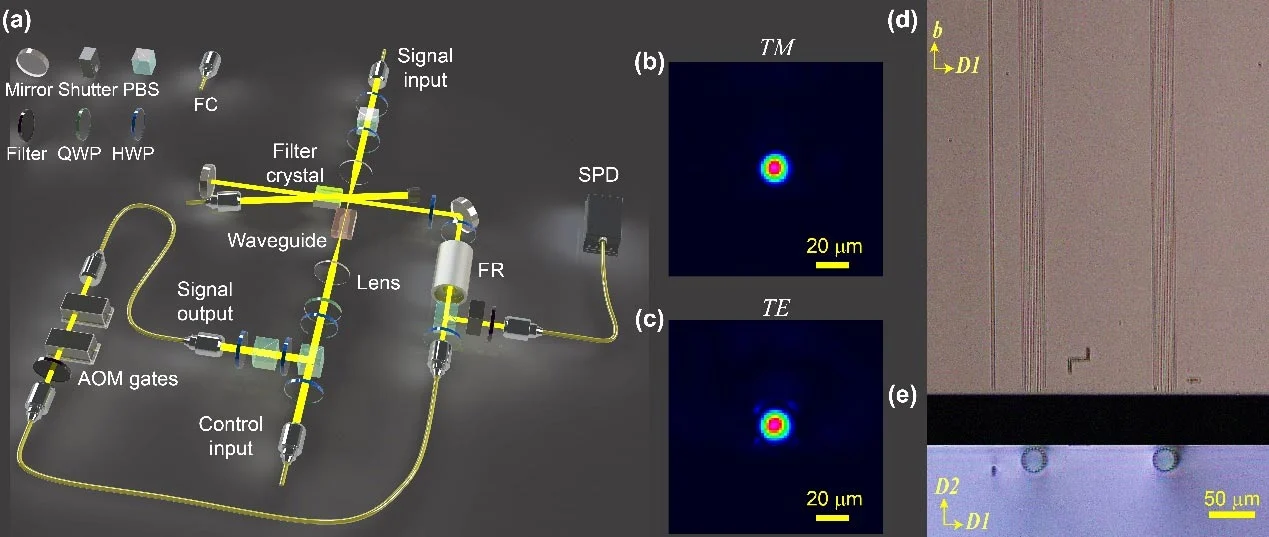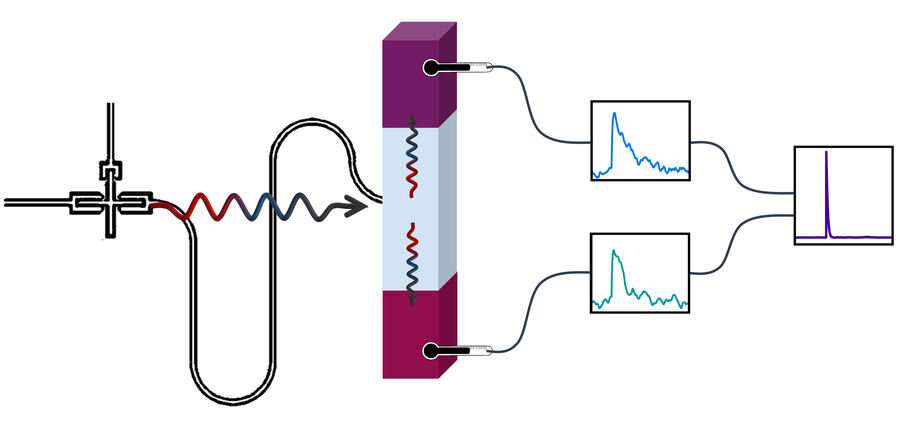A significant advancement in quantum technology has been achieved through the successful demonstration of an integrated spin-wave quantum memory, addressing key challenges in photon transmission loss and noise suppression. This development is particularly crucial for quantum networks, as quantum memories enable the connection of multiple short-distance entanglements into longer-distance configurations.
Previous quantum memory implementations were constrained by their reliance on optically excited states, which limited storage duration and prevented on-demand retrieval. The spin-wave storage approach offers a solution by converting photons into spin-wave excitations in ground states, allowing for flexible storage times extended to the spin coherence lifetime. However, integrating this technology has been challenging due to the difficulty of isolating single-photon signals from the noise generated by control pulses in integrated structures.
Researchers at the University of Science and Technology of China, led by Chuan-Feng Li and Zong-Quan Zhou, overcame these challenges by developing a specialized device. They used femtosecond-laser writing to create a circularly-symmetric waveguide in a Eu:YSO crystal, enabling polarization-based noise filtering. This innovation, combined with temporal gates, spectral-filtering crystals, and a counter-propagation configuration, allowed single-photon-level signals to effectively coexist with strong control pulses in the same waveguide.
The team implemented two spin-wave storage protocols: a modified noiseless photon echo (NLPE) and the full atomic frequency comb (AFC) protocol. The NLPE approach demonstrated superior efficiency, achieving more than four times the performance of AFC due to better-preserved sample absorption. Time-bin qubits encoded with single-photon-level inputs were stored and retrieved with an impressive 94.9±1.2% fidelity, surpassing the maximum capabilities of classical devices.
This breakthrough represents the culmination of long-standing research efforts in the field and establishes a foundation for future developments in quantum technology. The advancement opens new possibilities for creating multiplexed quantum repeaters in integrated configurations and developing high-capacity, portable quantum memory systems. By successfully implementing spin-wave storage in an integrated solid-state device, this research marks a crucial step toward practical quantum communication networks and more sophisticated quantum information processing systems.
Reference: “Integrated spin-wave quantum memory” by Tian-Xiang Zhu, Ming-Xu Su, Chao Liu, Yu-Ping Liu, Chao-Fan Wang, Pei-Xi Liu, Yong-Jian Han, Zong-Quan Zhou, Chuan-Feng Li and Guang-Can Guo, 1 May 2024, National Science Review. DOI: 10.1093/nsr/nwae161


